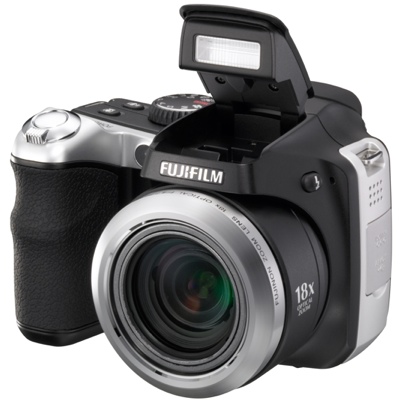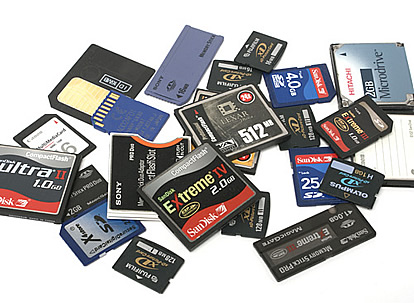Chapter Overview:
This chapter reviews the fundamentals of digital photograph and its importance as a journalistic tool to complete a story.
Digital Photography
Digital cameras are differentiated on the basis of pixels. A pixel is a visual representation of data in a digital image or graphic.

A picture may be worth a thousand words, but the power of a digital camera is measured in megapixels- one million pixels. This measurement is derived using a simple math calculation of the width and height of the pixel image. Standard cameras have 3.2 megapixels.
Resolution refers to the display of the electronic data and is a measurement of the pixels available to the human eye.
Cameras store images as digital files on a memory card. The most popular types are Secure digital (SD), Compact Flash (CF), Memory Stick (MS), MultiMedia Card (MMC), xD-Picture Card (xD) and SmartMedia (SM).

Most computers monitors display images at a resolution of 72 pixels per inch (ppi). Therefore, online photographs do not need the high resolution required of printed publications, which are often at 200-300 ppi. Higher resolution images actually take longer to upload or download and will still display at a 72 ppi resolution, so they should always be compressed.
Photography Basics
- Use natural light; partly cloudy days provide optimum lighting
- Hold the camera steady using two hands
- Use of the automatic settings of the camera
- Fill the frame and have the subject’s head near the top
- Focus on one thing, preferably one person’s eyes
- Get closer to the subject to find the best angle
- Hold the camera vertically for vertical shots
- Set the shutter speed at 1/500th of a second for action shots
- Use neutral, dark backgrounds for head shots
Editing
Editing photographs is necessary to capture the essence of the story.
This can be done using the basic photo editing programs already installed in computers. Other options include purchasing editing software such as Photoshop of Photoshop Elements or using free options such as GIMP and Snipshot.

Editing Tips:
Edit a copy of the photograph- not the original
Crop the photo, leaving only the most important information
Resize the picture to an appropriate dimension
~All information taken from "Journalism 2.0"
~Pictures from google.com